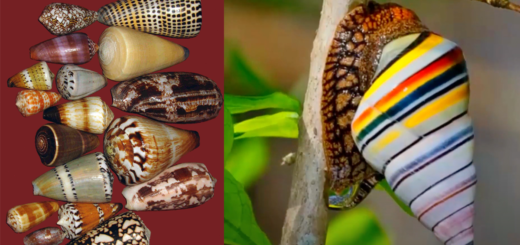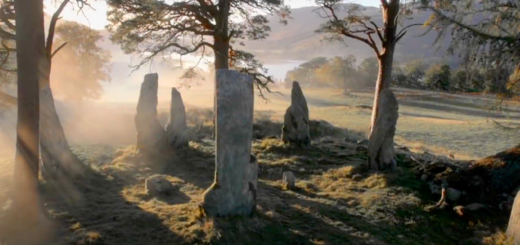Facts About State Dinosaurs: Meet the 12+ Official State Dinos
Did you know that some states have adopted state dinosaurs as symbols representing their natural wonders? Most of us have heard of a state bird, which are technically extant dinosaurs (dino descendants). Often, states have an official fish, flower, flag, or tree.
In some states, there are state symbols such as:
- nicknames
- bats
- insects
- snakes
- boats
- languages
- spirits (alcohol)
- mottos
- songs
- stones
- shells
- vegetables
- fossils
Notably, it’s just a sampling of all the official state symbols.
Also, some state legislatures have passed bills brought forward for state dinosaurs as well. Sometimes, state symbols are changed by vote, as was recently done with Mississippi’s state flag.
Other times, lawmakers file bills designating new official emblems. In such cases, the process can educate students on the legislative process. In addition, the new symbols can or highlighting local culture and history.
Massachusetts Votes On Possible State Dinosaurs
Recently, a Massachusetts Democrat, Rep. Jack Lewis, offered a poll for designating a state dinosaur. After consulting with paleontologists and dinosaur enthusiasts, he arrived at two top picks.
“Twelve states have already designated an official “State Dinosaur,” and with your help, maybe Massachusetts will be next,” wrote Lewis.
Which dinosaur will claim the official title, millions of years after it went extinct? It’s up to the voters.
Contestant Number One: Podokesaurus holyokensis
“The dinosaurs up for consideration are Podokesaurus holyokensis and Anchisaurus polyzelus. While they aren’t the largest dinosaurs to roam the planet, they begin to tell the story of how dinosaurs came to rule the Earth,” he continued.
Voters can choose between the “Swift-footed lizard of Holyoke” (Podokesaurus holyokensis) or the “Much sought after near lizard,” Anchisaurus polyzelus. In the former case, a Massachusetts park features genuine footprints made by Jurassic Period dinosaurs at Holyoke.
According to ABC27, the dinosaur was 3 to 6 feet (around 1 to 2 meters) in length. Although it could weigh 90 pounds, it ran up to 12 mph. In comparison, Anchisaurus could be over 6 feet long and about 60 to 75 pounds.
By the looks of it, this guy was streamlined like some half greyhound, half-lizard! We’re also getting Roadrunner vibes.

Mignon Talbot
In 1910, Geologist Mignon Talbot became one of the first women to find and describe a dinosaur: Podokesaurus holyokensis. Talbot discovered the first Podokesaurus fossil near Mount Holyoke. In 1916, a fire destroyed the only specimen in the science hall of Mount Holyoke College.
Contestant Number Two: Anchisaurus polyzelus
Meanwhile, excavation superintendent William Smith saved fossils of the “much sought after near lizard,” Anchisaurus polyzelus, in 1855 in Springfield. Smith found the fossils when workers were blasting a well at the Springfield Armory. At the time, the word “dinosaur” was only 13 years old. Thus, the specimen wasn’t recognized as a dinosaur until years later.

Related: Giant Lizards Called Argentine Tegus are Invading the American Southeast
State Dinosaurs in Twelve States and D.C. (And Counting)
Keep in mind, some fossils are also dinosaurs, so it appears some states have two official dinos in some cases. However, we’ll focus only on the official state dinosaurs.
Arizona – Sonorasaurus thompsoni, adopted in 1988
See more from the Pinal Geology Museum:
Arkansas – Arkansaurus fridayi, adopted in 2017
See more from Exploring Arkansas:
California – Augustynolophus morrisi, adopted in 2017
See more from Animals: The Definitive Guide:
Colorado – Stegosaurus armatus, adopted in 1982
See more from igpcolorado:
Connecticut – Dilophosaurus, adopted in 2017
See more from Brian Engh Peleoart:
District of Columbia – Capitalsaurus, Adopted in 1998
The unique dinosaur may have been a 40-foot long carnivore. In 1998, a D.C. public school teacher and a group of fifth-graders successfully lobbied City Hall. They advocated for designating Capitalsaurus, the District of Columbia’s official dinosaur. However, the species remains mysterious until more fossils are discovered.
See more from E.D.G.E.:
Maryland – Astrodon johnstoni, adopted in 1998
See more from Maryland Milestones:
Missouri – Hypsibema missouriensis adopted in 2004
See more from Nine Network:
New Jersey – Hadrosaurus foulkii, adopted in 1991
See more from HoagL:
Oklahoma – Acrocanthosaurus atokensis, adopted in 2006
See more from the Museum of the Red River:
Texas – Paluxysaurus jonesi, Adopted in 2006
Paluxysaurus jonesi replaced Pleurocoelus, which was the state dinosaur beginning in 1997. A paleontologist disputed the Texas dinosaur’s true identity, causing a state member of Congress to file a resolution to correct the name.
Utah – Utahraptor ostrommaysorum, adopted in 2018
See more from Brigham Young University:
Wyoming – Triceratops horridus, adopted in 1994
Featured image: Restoration of Podokesaurus holyokensis by FunkMonk via Wikimedia Commons, CC BY-SA 3.0







